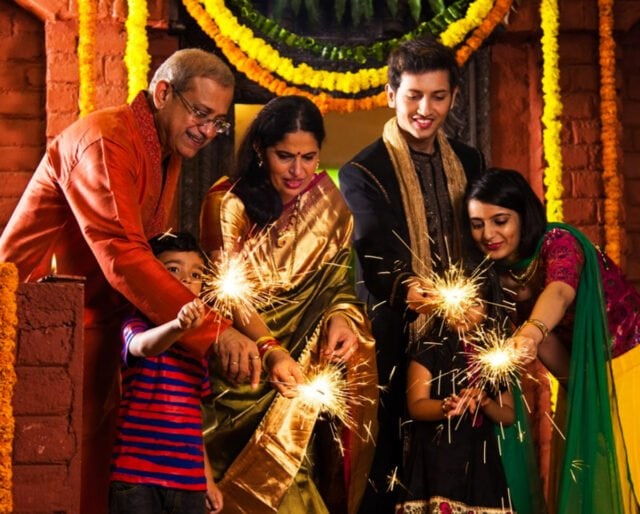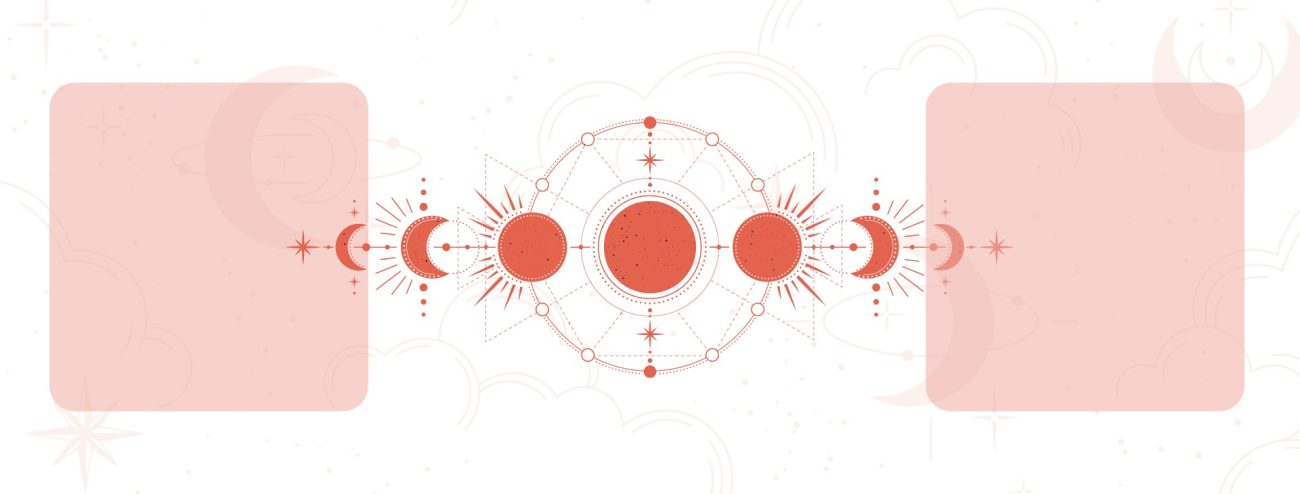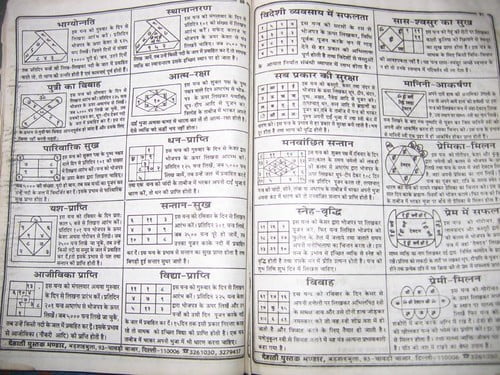
The Festival of Lights – Diwali
Observed by more than aa billion people across faiths, this five-day Festival of Lights brings prayer, feasts, fireworks and, for some, a new year. Diwali is India’s most important festival of the year – a time to celebrate the triumph of light over darkness, knowledge over ignorance, and good over evil
The dates of this festival are based on the Hindu lunar calendar, Which marks each month by the time it takes the moon to orbit Earth. Diwali begins just before the arrival of a new moon between the Hindu months of Asvina and Kartika – which typically falls in October or November of the geogorian calendar.
Diwali is so widely celebrated- its an important religious festival for Hindus, but is also observed among Jains, Sikhs and buddhists- that it has no single origin story. But while each religion has its own historical narrative behind the holiday, they all ultimately represent the victory of good over evil.
How is Diwali Celebrated ?
Its common to do a big clean up or renovation of both homes and offices in the run-up to Diwali. people often then decorate with rangoli, pictures made out of coloured powder and sand usually made on the floor. Houses are lit up with candles and clay lamps both inside and out. There are prayers, rituals, gift-giving, and fireworks to celebrate the festival. And naturally, there is food. There are many different things that might be eaten during Diwali, but it is most known for the sweets.The second day of the festivities is typically the big day of buying and sharing sweets. Many people visit friends and family on this day and take sweets with them as gifts. Some will send cards to loved ones who they cannot celebrate with in person and often attach a box of confectionery. Diwali is different from many other Indian festivals in that there is no fasting, but instead feasts celebrating the seasonal bounty. The third day of the festival is typically the biggest festivities with visits to elders, prayers, fireworks, and feasting with the family. It’s also a time when people wear new clothes. Festivities continue for the next two days, with the fourth being a celebration of the bond between husband and wife, and the fifth day being a celebration of brother-sister bonds.
Different sweets includes, Halwa, such as gajar (carrot) halwa or pumpkin halwa is typically made with a grated vegetable cooked with ghee, sugar, and milk/condensed milk so that it becomes soft, sweet, and thick. Often flavored with cardamon and/or nuts like almonds.
Laddu (or laddoo) are little balls made with flour, ghee or oil, and sugar and often nuts of fruit like raisins. The flour might not always be wheat – chickpea flour is a common variation, for example.
Barfi is a kind of fudge made with condensed milk.
Gulab jamun, almost like donut holes served in a sweet syrup.
As well as sweet treats, there are also savory snacks served at various points over the festivities along with curries and rich dishes such as fried foods or those using ghee. Snacks include chivda, a mix like Bombay mix, combining nuts and chickpea/lentil/rice-based crunchy salted snacks.
You’ll also find appetizers like:
Bhaji (the South Indian name) or pakora (the North Indian name, though there can be some variations in how they make them as well). They are made from various vegetables like onion, spinach and cabbage mixed with a chickpea flour and spice-based dough and fried.
Samosas, little parcels of pastry filled with vegetables like potato and peas, as well as spices.
Idli, a kind of rice cake.
Puri, a kind of flatbread fried in ghee.
Many people are vegetarian during this period, if not throughout the year, and so mains typically combine vegetables, eggs and/or paneer, a kind of cheese (such as paneer Makhani).





